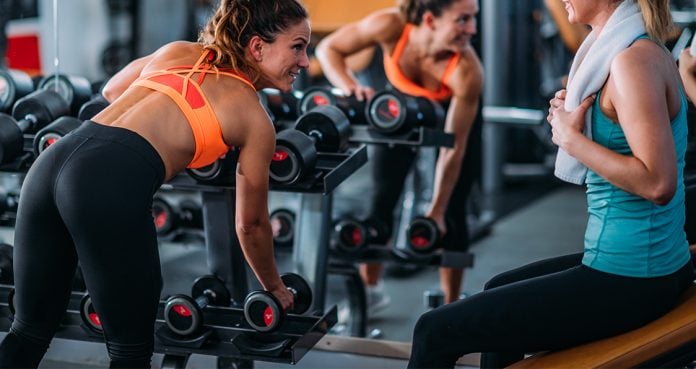Close grip lat pulldown is a great back workout and here is a closer look at the exercise!
Close Grip Lat Pulldown is a variation of the lat pull down. In this exercise, you target your back differently compared to the traditional variation by keeping your hands and arms close together. Although the close grip lat pulldown primarily works your lats, you will experience a decent amount of bicep and middle back activation.
But why do we need close grip lat pulldown when we already have the orthodox exercise, you ask?
Since your back is the second largest muscle group (after your legs), you need to perform a plethora of exercises and variations to train it optimally and ensure overall development. So, do not be afraid of experimenting with several different hand positions and angles to maximize your back gains.
Due to its versatility, the close grip lat pulldown can be incorporated in your back, upper body, pull, and full-body workouts.
Next Read: The 6 Best Exercises for Annihilating Back Fat for Men and Women
Muscles Worked
Since the lat pulldown is a compound movement, it works multiple muscles, including:
- Lats: No points for guessing here. As the name suggests, latissimus dorsi (lats) are the primary target muscles of the close grip lat pulldown.
- Biceps: Although the lat pulldown is primarily for your back, secondary muscle recruitment, especially the biceps, is unavoidable.
- Shoulders: If you follow the correct form (discussed below), you will experience shoulder recruitment at the top and bottom of the movement.
- Upper Back: While the close grip lat pulldown is essentially for your lats (flat muscle covering the width of your middle and lower back), you cannot factor out upper back stimulation.
- Abs: People who think there is no core engagement during the lat pulldown have never gone heavy on the exercise.
Check Out: Build A Thick and Wide Cobra Back With This Workout
Benefits
The close grip lat pulldown is an incredibly effective exercise for:
1. Building Bigger and Stronger Lats
Compared to the traditional lat pulldown, the close-grip version offers an increased range of motion as your elbows are relatively closer to your body throughout the exercise. Holding the bar with a close grip allows you to pull the bar slightly further than you could while holding the bar with a wider grip.
The increased range of motion maximizes your lat contraction at the bottom of each rep resulting in a higher degree of muscle tissue recruitment and stimulation. The additional workload helps build wider, bigger, and stronger lats.
Must Read: Isolation Vs. Compound Exercises: Strength, Weight Loss & More
2. Improving Your Posture
Our current lifestyle, especially with the onset of WFH, has us bent over our computer screens or phones for the majority of the day. This posture causes underuse of your lats and other muscles resulting in slouching, pain, and tension in your shoulders and back.
Close grip lat pulldown helps strengthen your posterior chain and reduces the chances of developing a hunch. The exercise can also help treat your pre-existing slouching posture.
Related: Top Tips & Stretches For Improved Posture With Don Saladino
3. Helping Build a V-Taper
Well-developed lats help carve the much sought-after V-taper. A solid V-taper amplifies the illusion of a small waist and broad shoulders, making you look bigger and stronger than you actually are IRL.
Watch: How To Truly Develop A Bodybuilding V-Taper
4. Great For Beginners
The lat pulldown is an easy exercise to perform. It is, for a reason, one of the first exercises a newbie learns to do when he joins a gym. The lat pulldown is a godsend for individuals who lack the upper body strength to do a pull-up.
How To Perform Close Grip Lat Pulldown
Step by step instructions of how to perform a close grip lat pulldown:
- Attach a wide grip handle to the lat pulldown machine.
- Adjust the thigh pad so that your legs fit snuggly under the cushion.
- Grab the handle at slightly narrower than shoulder-width with a pronated (overhand) grip
- Get into the starting position by unracking the weight and locking your legs under the thigh pad.
- Start the movement by depressing your shoulder blades and flexing your elbows while extending the shoulders. Keep your chest raised and your back arched throughout the movement.
- Pull the handle toward your body until your elbows are in line with your torso.
- Bring the attachment as close to your upper chest as possible.
- Pause and contract your lats at the bottom of the movement.
- Return to the starting position with a slow and controlled motion.
- Repeat for recommended reps.
Common Mistakes
Although the close grip lat pulldown is a fairly simple exercise, most lifters make the following mistakes:
1. Using Momentum
Many lifters make the mistake (read: sin) of utilizing momentum to lift the weight. If you look like a pendulum while performing the exercise, you are doing it wrong.
If you cannot move the weight without leaning back more than 20-degrees, you should drop the weight (and your ego). Swinging back and forth takes off the tension from the primary muscle (lats) and puts it on the helping muscles.
Also, when you are using more weight than you can handle, you will not be able to pause and contract your lats at the bottom of the movement, leaving gains on the table in the process.
Watch: When Ego Lifting Goes Wrong
2. Going Too Low
This mistake is mostly made by people who use relatively easy weight.
It is the mirror opposite of the first mistake mentioned above. Overdoing the range of motion takes away the tension from the target muscles and puts it on your joints.
As mentioned above, you should not be going below your upper chest level while performing the close grip lat pulldown. If the weight feels too easy, contact your lats for longer at the bottom of the movement, instead of overdoing the ROM.
3. Using Your Arms
We understand that it is virtually impossible to eliminate your arms from the exercise, but you need to have a strong mind-muscle connection so that your back gets the most work done.
If you feel your biceps are taking over the exercise and your back is underactive, you should consider using a false grip. In a false grip, you do not wrap your thumbs around the bar. It is also called a monkey grip.
Pro tip: Focus on pulling the bar towards your body using your elbows. Leading with your bis will leave you with nothing more than a bicep pump.
Related: Full Range Of Motion Vs Partials: Which Is The Way To Go?
4. Body Posture
Many lifters tend to round their backs as they bring the bar down. Hunching over the bar elevates the tension off your back and puts it on your shoulders.
While performing the close grip lat pulldown, ensure that your lower body is locked under the knee pads.
Pro tip: Do not place your feet flat on the floor. Keeping your heels raised ensures a better fit under the thigh pads.
Variations
“I know more exercise variations than I will ever need.” – No one ever
Utilizing exercise variations can help target your muscles differently and induce growth by shocking your CNS.
Here are some of the most effective close grip lat pulldown variations:
1. Underhand Close Grip Lat Pulldown
In this variation, you will be grabbing the bar with a supinated (palms facing you) instead of a pronated grip. The underhand close grip lat pulldown is great for targeting your lower lats.
Note: You might experience a higher degree of bicep recruitment in this variation.
Steps:
- Sit facing a lat pulldown machine and grab the bar with an underhand grip.
- Pull the bar towards your upper chest while leading through your elbows.
- Keep your elbows as close to your body as possible while pulling the bar down.
- Pause and squeeze the life out of your lats at the bottom of the movement.
- Slowly return to the starting position and repeat for recommended reps.
Also Read: Chris Bumstead Back Workout For A Sprawling Christmas Tree
2. V-Bar Lat Pulldown
The V-bar pull-down is commonly mistaken for the close grip lat pulldown. The neutral hand placement in this variation can aid in alleviating stress placed on your shoulders during the vertical pulling movement pattern.
Holding the bar with a hammer grip is an excellent option to improve the center of your back while still targeting your lats.
The V-handlebar lat pulldown variation brings your hands closer to each other and, hence, allows a larger range of motion and better contraction at the bottom of the movement.
Note: While performing this variation, you will have to lean back slightly more than normal to allow for a full range of motion.
Steps:
- Attach a V-bar to the lat pulldown pulley.
- Grab the handle with a neutral (palms facing each other) grip.
- While keeping your chest raised and back arched, pull the bar down until it is a few inches away from your upper chest.
- Pause and contract at the bottom.
- Return to the starting position slowly and repeat for reps.
Must Read: Chris Bumstead Back Workout For A Sprawling Christmas Tree
3. Behind the Neck Lat Pulldown
Behind the neck variation of the lat pulldown is slightly harder to execute as compared to the traditional version, especially for people with a limited range of motion in their shoulders and rotator cuffs.
Most lifters who incorporate behind-the-neck lat pulldown in their back training routines report a better range of motion in their lats and a deeper contraction in their lats and middle back at the bottom of the movement.
Caution: The risk of injury is higher with behind-the-neck lat pulldowns. If you are a beginner, consider starting with a lighter weight and a higher number of reps.
Steps:
- Attach a wide bar to the lat pulldown machine.
- Sit with your back towards the lat pulldown machine and your lower back supported against the thigh pad.
- Grab the bar with a wider than shoulder-width pronated grip.
- Pull down the bar using your elbows until it nearly touches the back of your neck.
- Pause and contract at the bottom.
- Slowly return to the starting position and repeat for reps.
Tips:
- Keep your head pointed forward slightly throughout the exercise.
- Do not use momentum and bring the bar down too fast as it can lead to an injury.
Check Out: The Ultimate Guide to a Ripped Back
4. Single Arm Lat Pulldown
The single-arm lat pulldown is an incredibly effective unilateral exercise. The benefits of unilateral movement include:
- Helps correct muscle imbalances
- Improves core stabilization
- Boosts sports performance
- Reduces chances of an injury
- Improves muscle recruitment and stimulation
- Allows you to train around an injury
- Improves mind-muscle connection
- Develops motor skills
Steps:
- Attach a D-handle to the lat pulldown pulley.
- Reach up and grasp the handle with a neutral grip (palm facing in).
- Keep your chest raised and your back arched throughout the movement.
- With your working arm fully extended, lean back 10–15 degrees.
- Squeeze your shoulder blades together, take a deep breath and pull the handle to your upper chest, focusing on the lats and pulling your elbow back and down.
- Pause and contract at the bottom.
- Slowly return to the starting position and repeat for reps.
Related: The Benefits Of Unilateral Training & Why It Matters
5. Pull-up
It does not matter who you are, what you do, or where you live, pull-ups should be a part of your training routine. No exercise comes close to helping you build a V-taper as the pull-up.
Steps:
- Start with your hands on the bar approximately shoulder-width apart with your palms facing forward.
- With arms extended above you, stick your chest out and curve your back slightly.
- While breathing out, pull yourself up towards the bar using your back until the bar is at chest level.
- Slowly lower yourself to the starting position.
- Repeat for recommended repetitions.
Tip: If you are a beginner and cannot complete a bodyweight pull-up, you could use an assisted pull-up machine, a spotter, or a resistance band.
Next Read: These Machines Are Better Than Free Weights
Conclusion
When it comes to building a solid back, most lifters limit themselves to rows and deadlifts. The close grip lat pulldown is a great exercise to amp up your back and should be a part of your exercise arsenal.
At the same time, do not get stuck with a single exercise. Maximize your results and build a venomous cobra back by alternating between the variations mentioned in the article.
Which is your favorite back exercise? Let us know in the comments below. Also, be sure to follow Generation Iron on Facebook and Twitter.



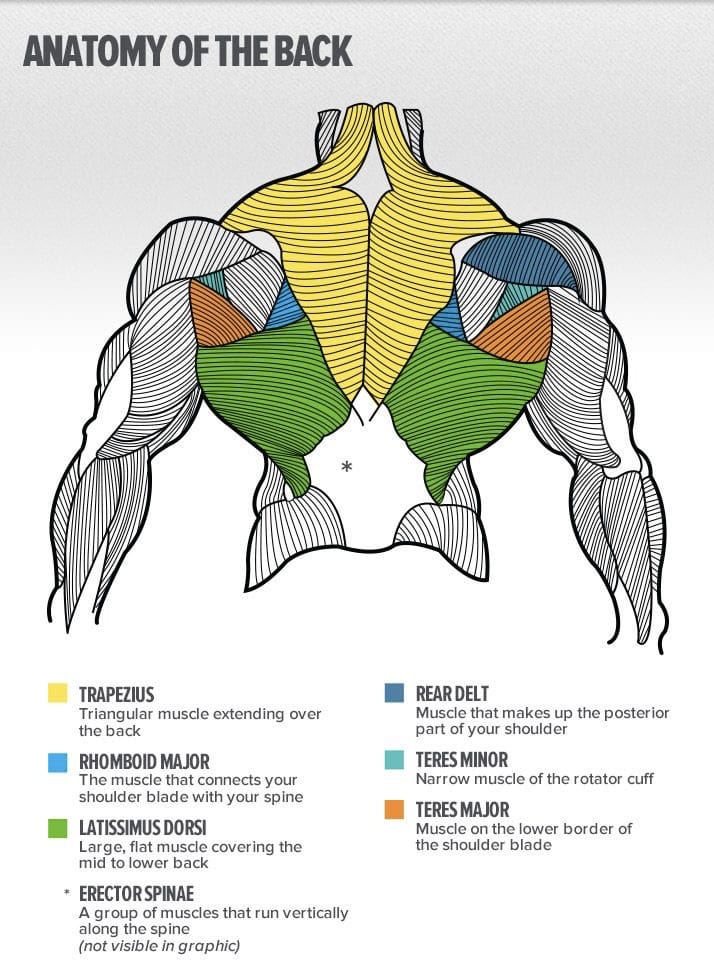

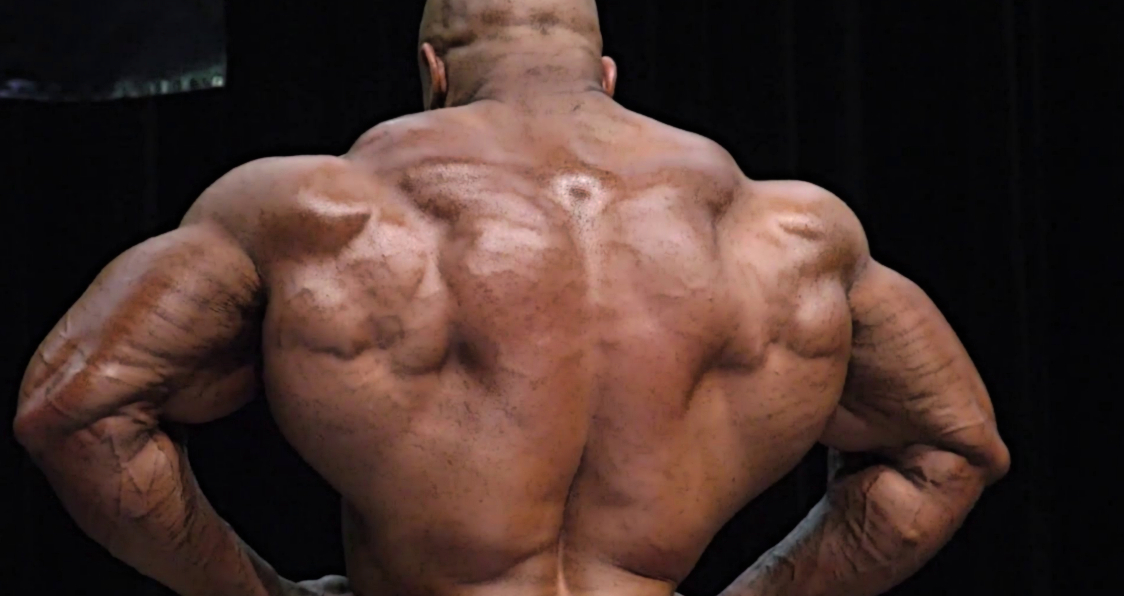

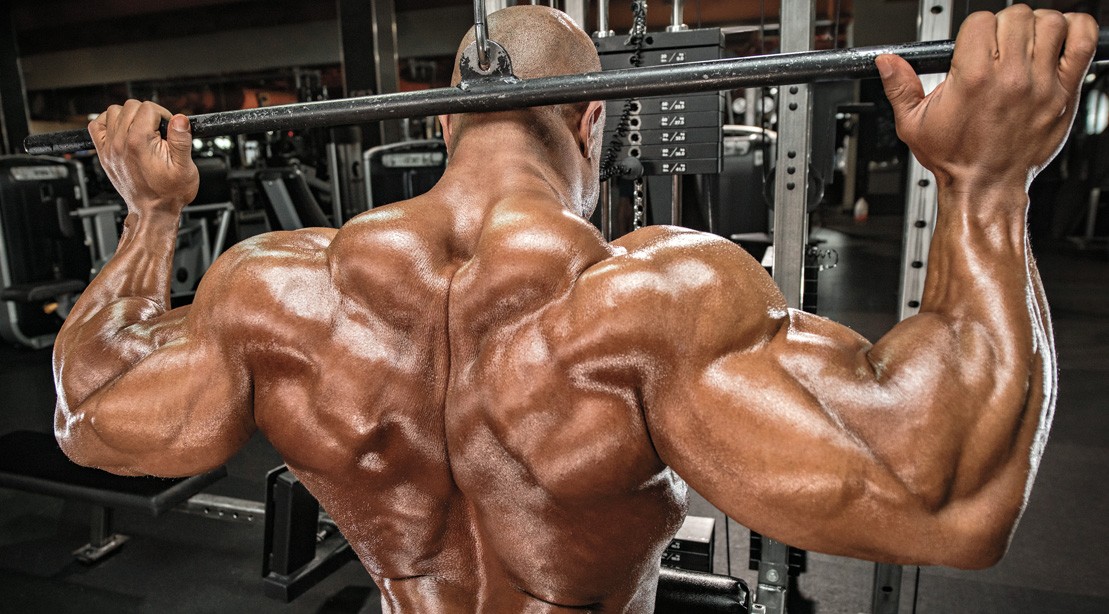
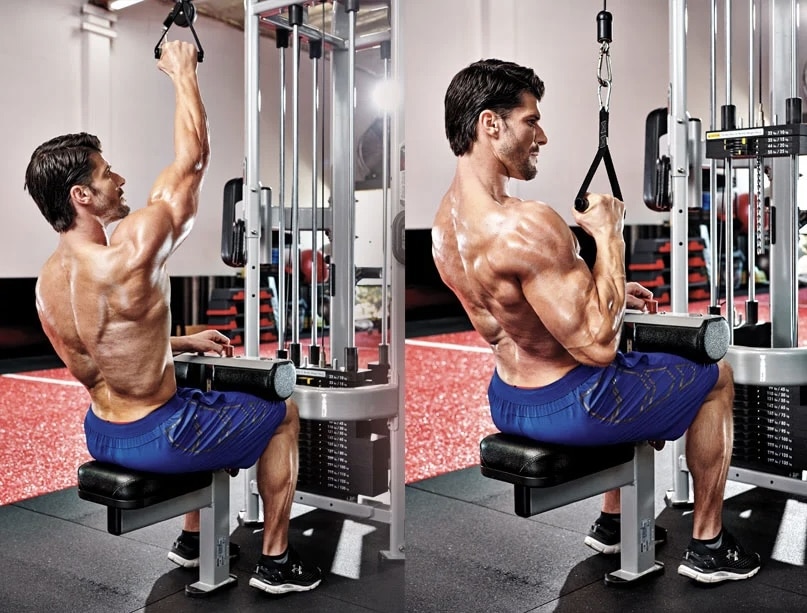
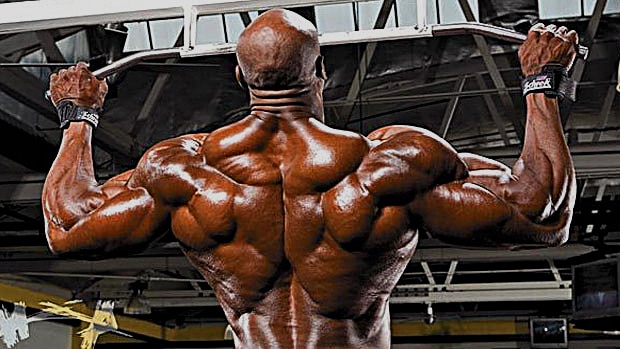
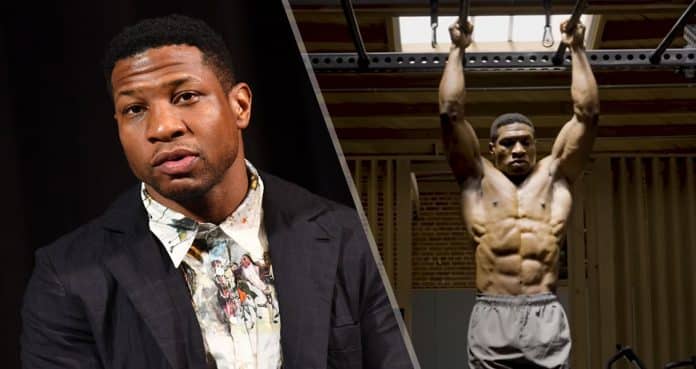


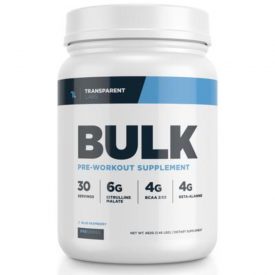
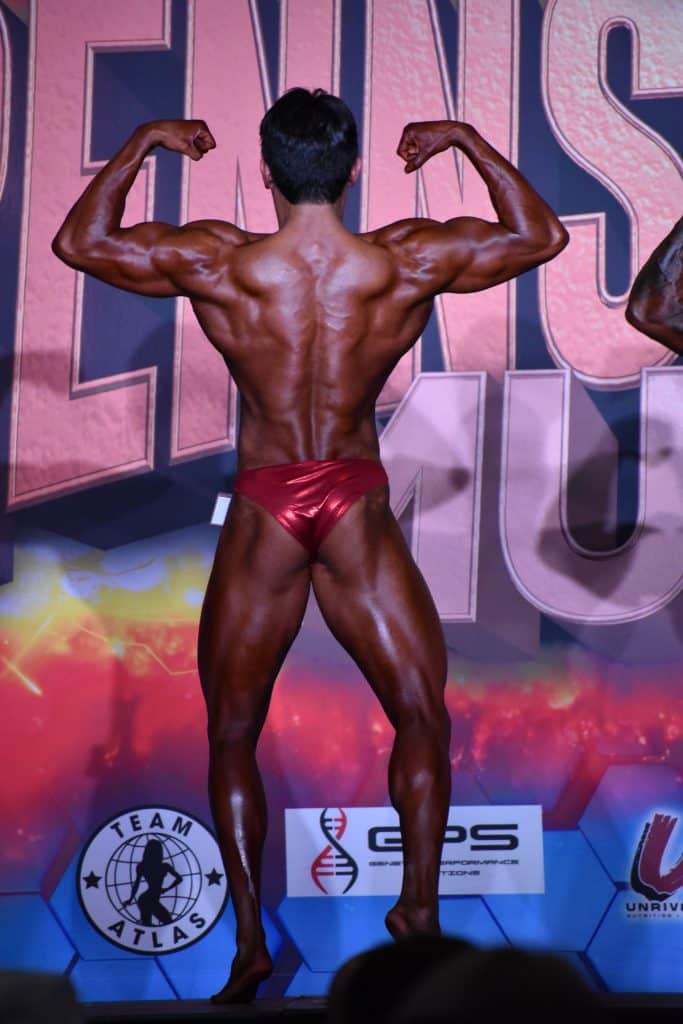
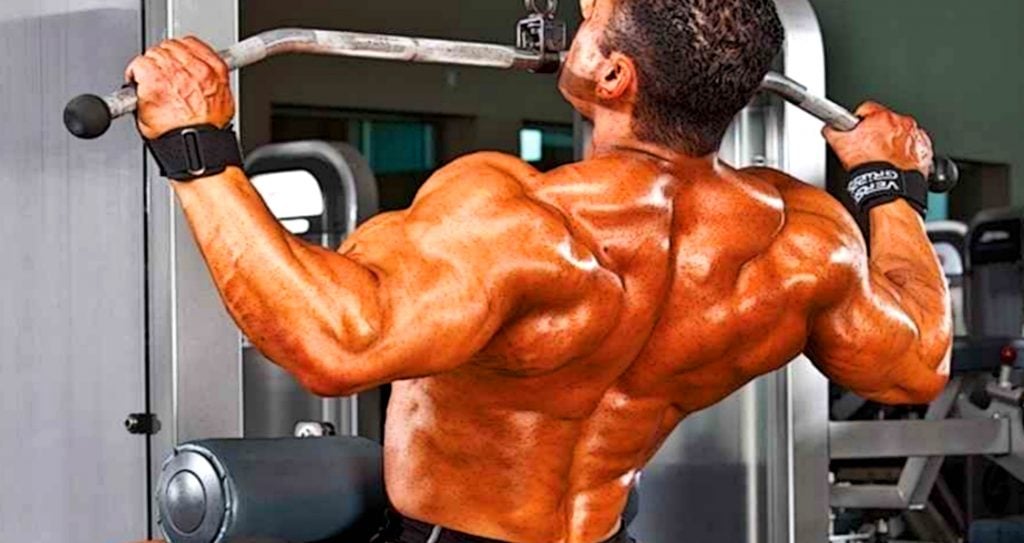
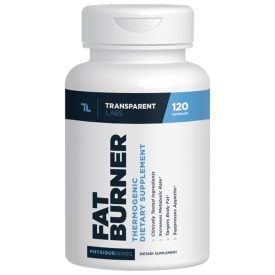

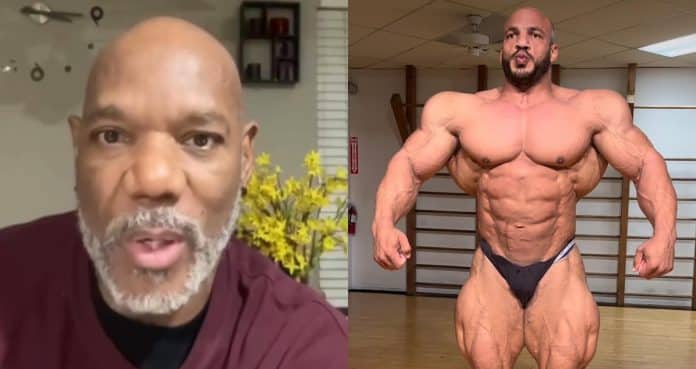
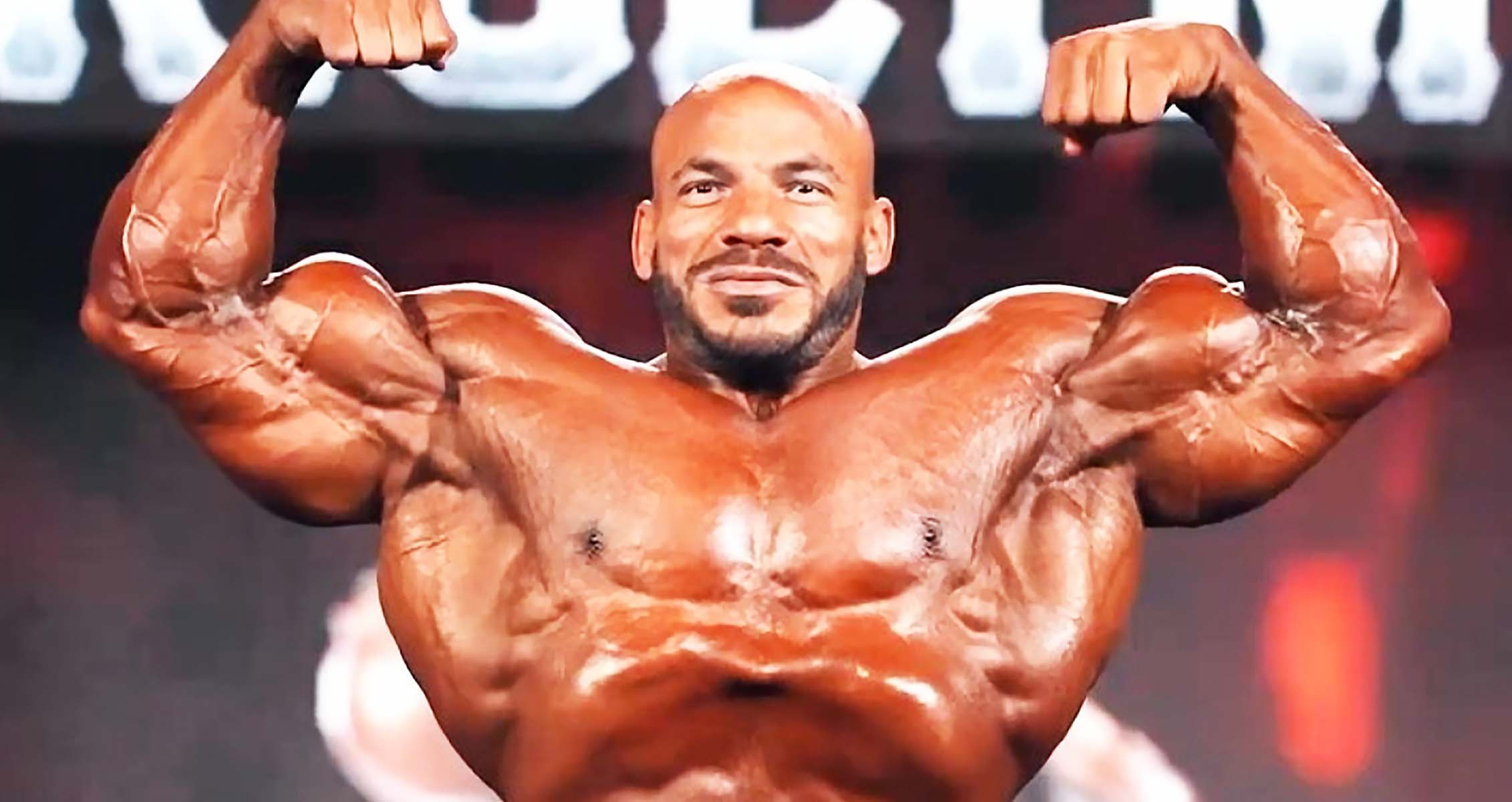
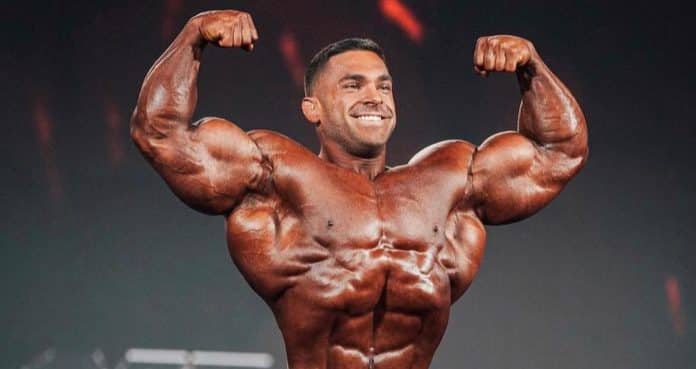

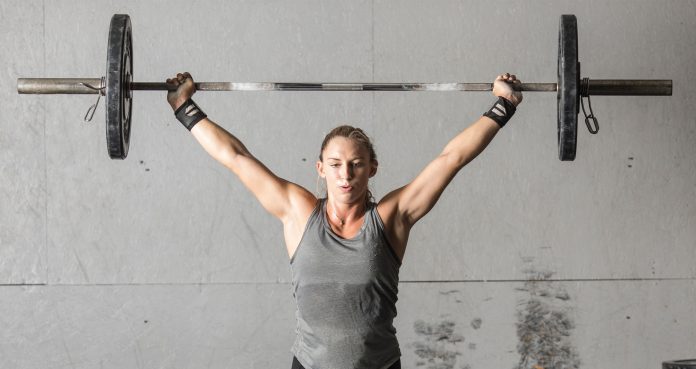





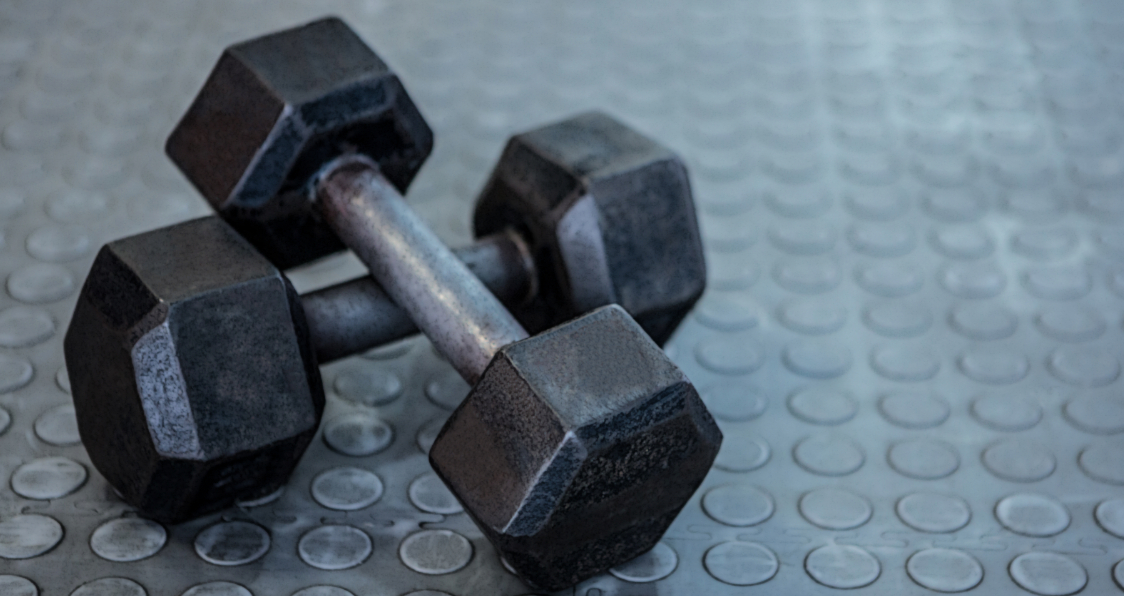 Renegade Row Common Training Mistakes
Renegade Row Common Training Mistakes